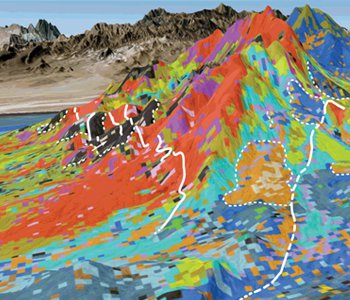Optics Innovations
From Concept to Commercialization: Next-Generation Spectroscopy
Tornado Spectral Systems and Hindsight Imaging’s Arsen R. Hajian and Jessica Moreno explain how a hypothesis turned into a technological breakthrough and, finally, a commercial product.

The story of Tornado and Hindsight begins in 1995 when Arsen Hajian was hired by the U.S. Naval Observatory (USNO) in Washington, D.C., to translate spatial interferometry into optical wavelengths: Though primarily a radio astronomer, I was introduced to optical spectrometer instrumentation during my time at USNO and fabricated these devices to detect extrasolar planets and stellar companions. Unfortunately, these measurements were difficult and time-consuming—i.e., to obtain a given signal-to-noise ratio for high spectral resolution, these instruments need a very long integration time. The reason for this is not just the faintness of the light source, but also an inherent problem with spectrometers: most of the light gets thrown away at the slit in order to generate the high spectral resolution needed for the experiment. Astronomers have solved this problem by making bigger spectrometers to collect more light. However, a room-sized spectrometer isn’t commercially practical, nor did it conform to the typical budget of a government research laboratory. There had to be a better way.
…Log in or become a member to view the full text of this article.
This article may be available for purchase via the search at Optica Publishing Group.
Optica Members get the full text of Optics & Photonics News, plus a variety of other member benefits.
